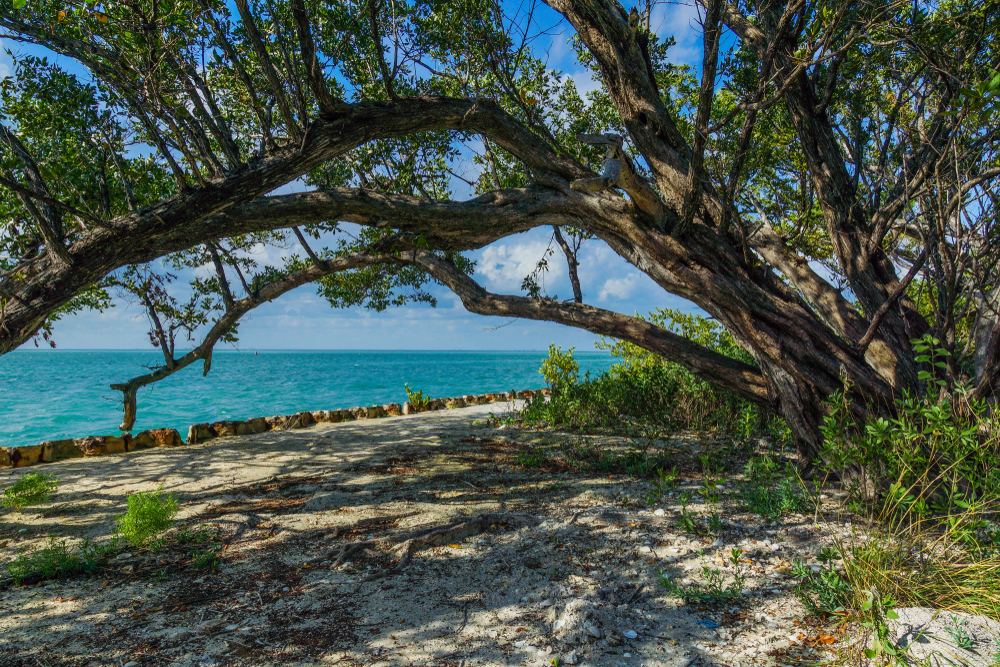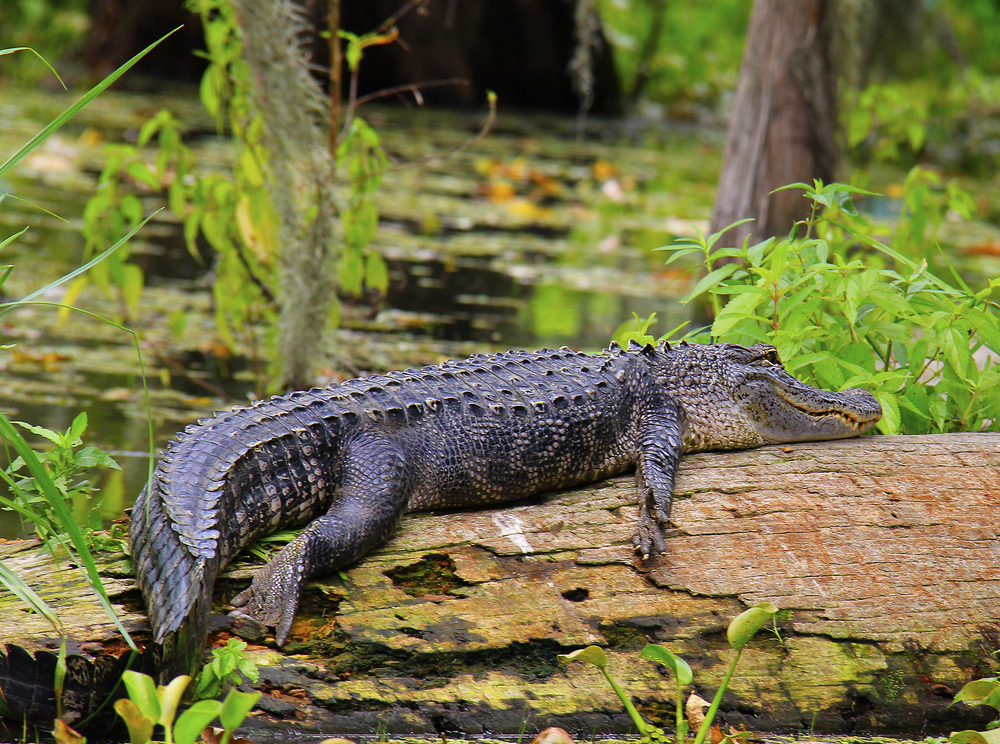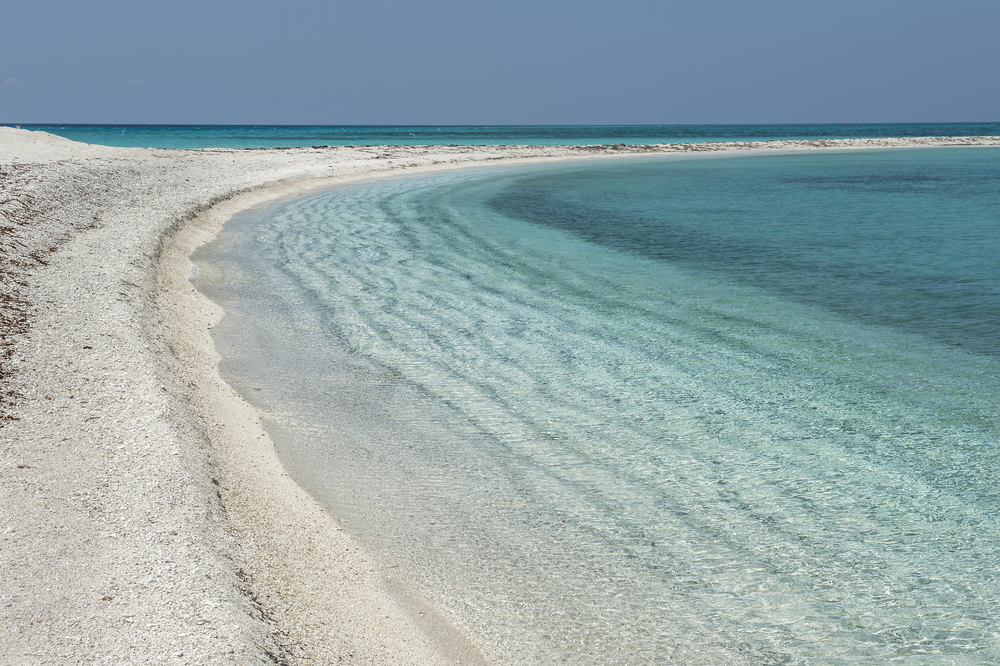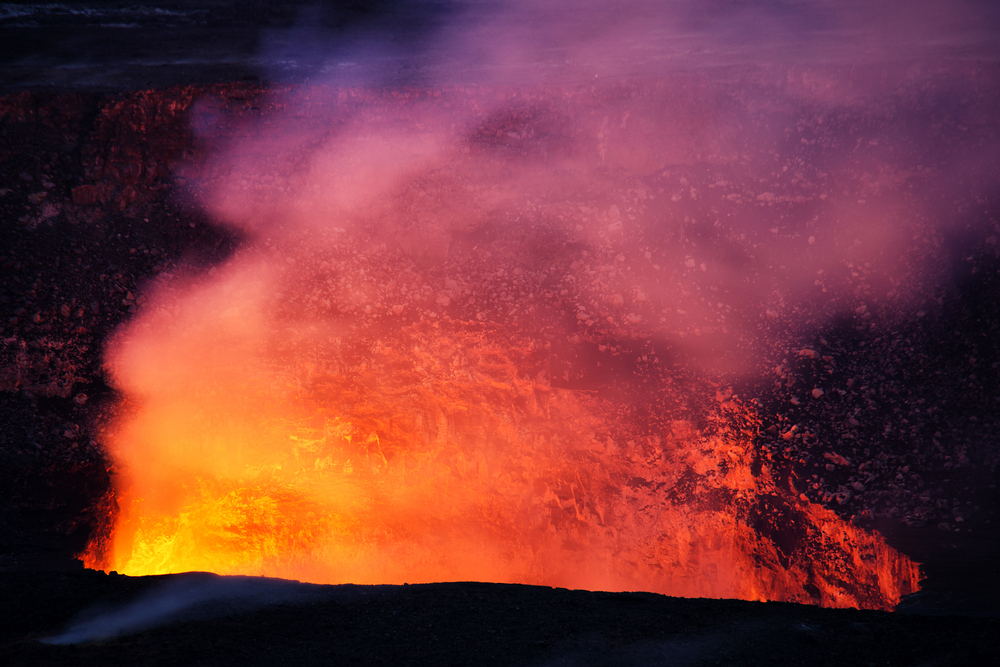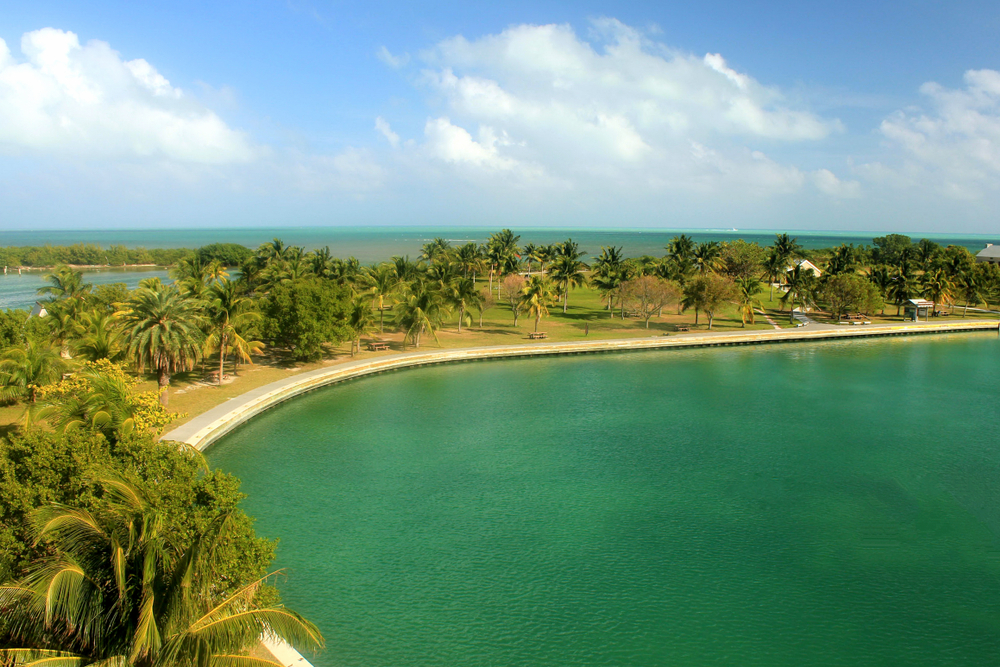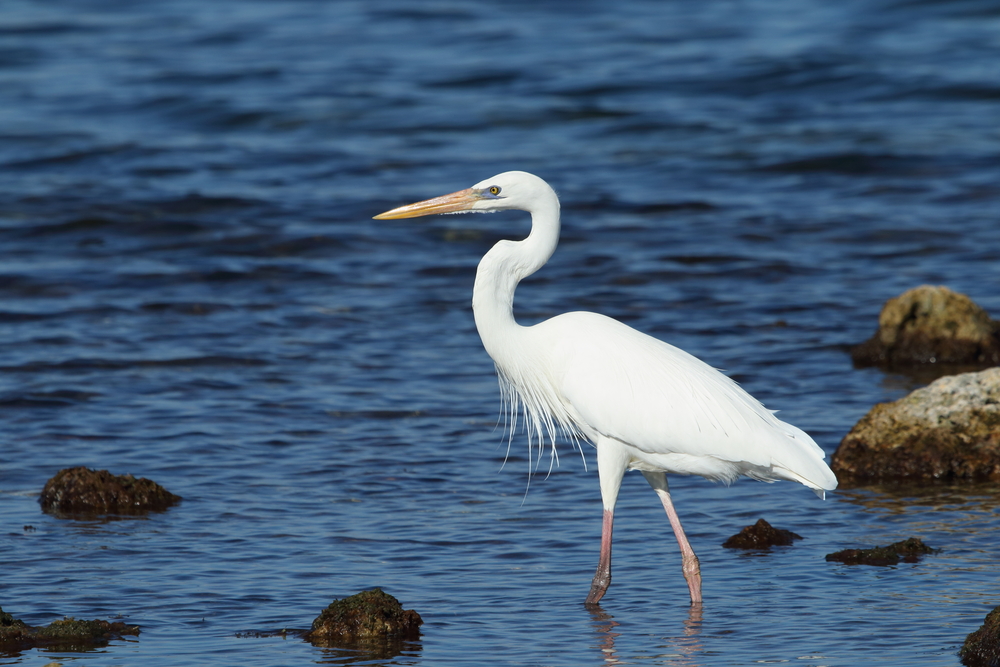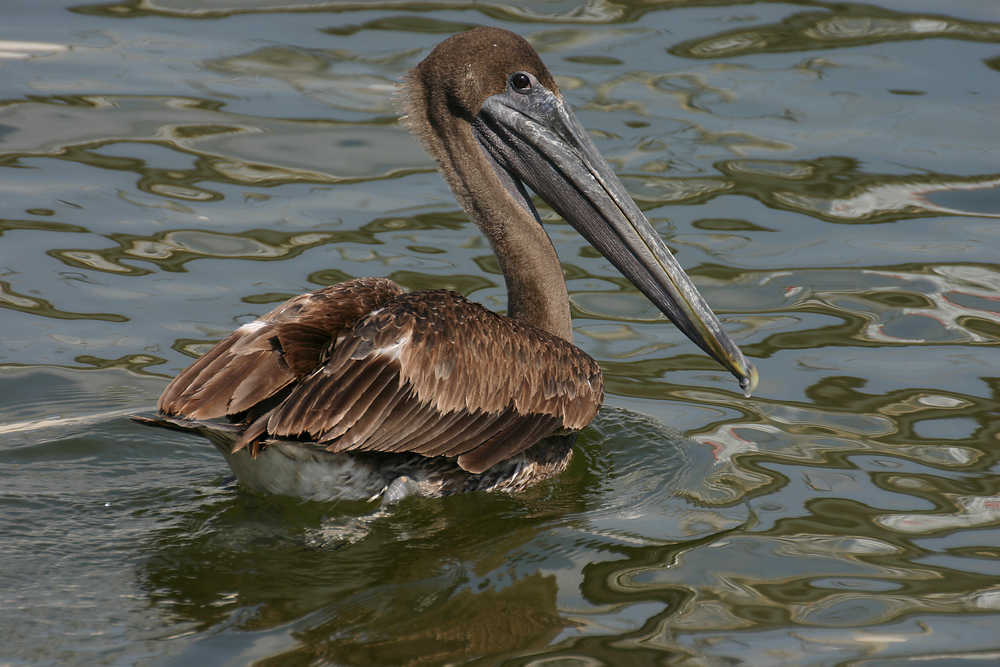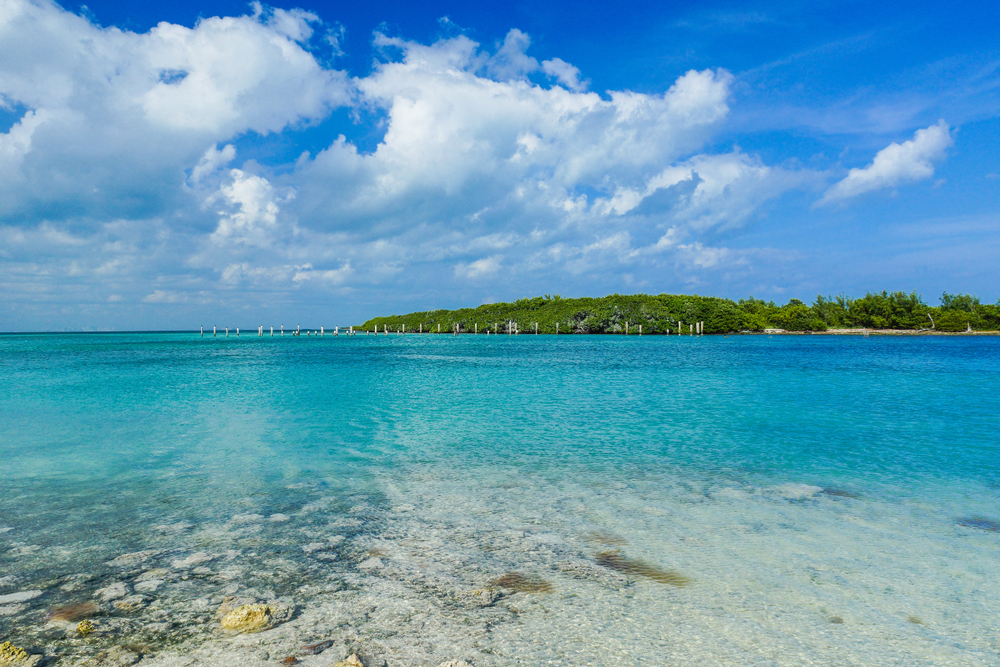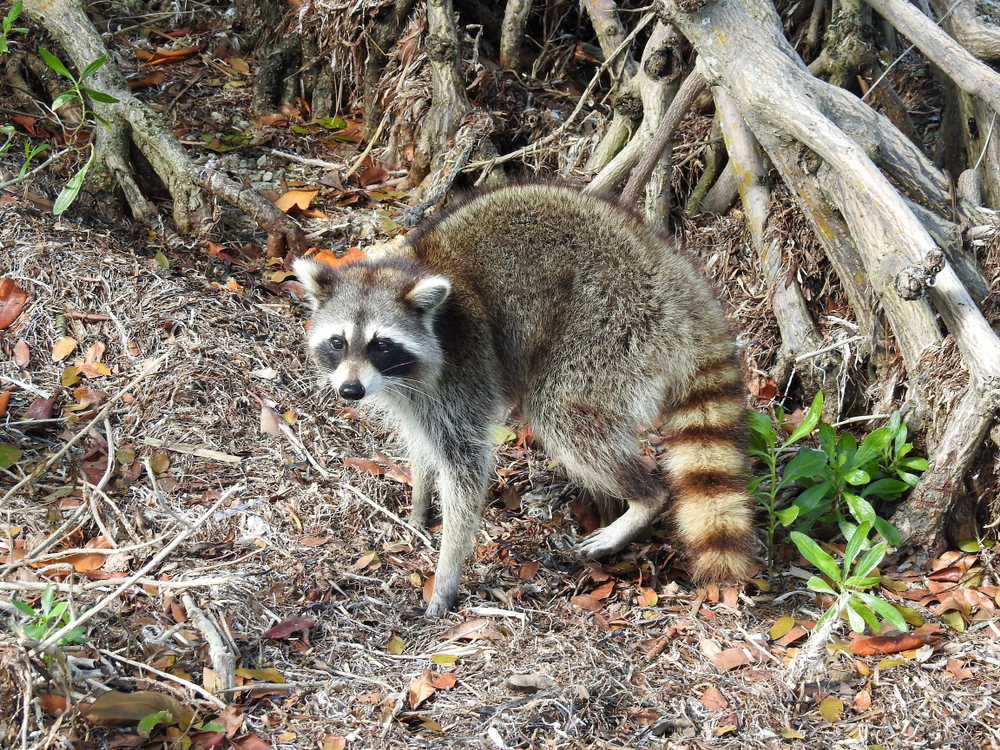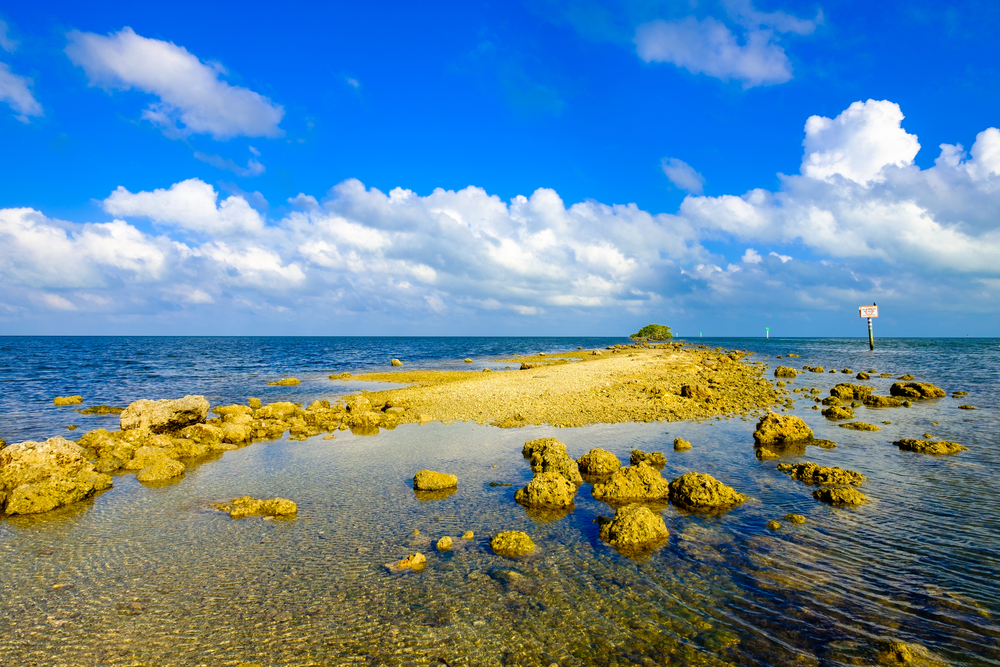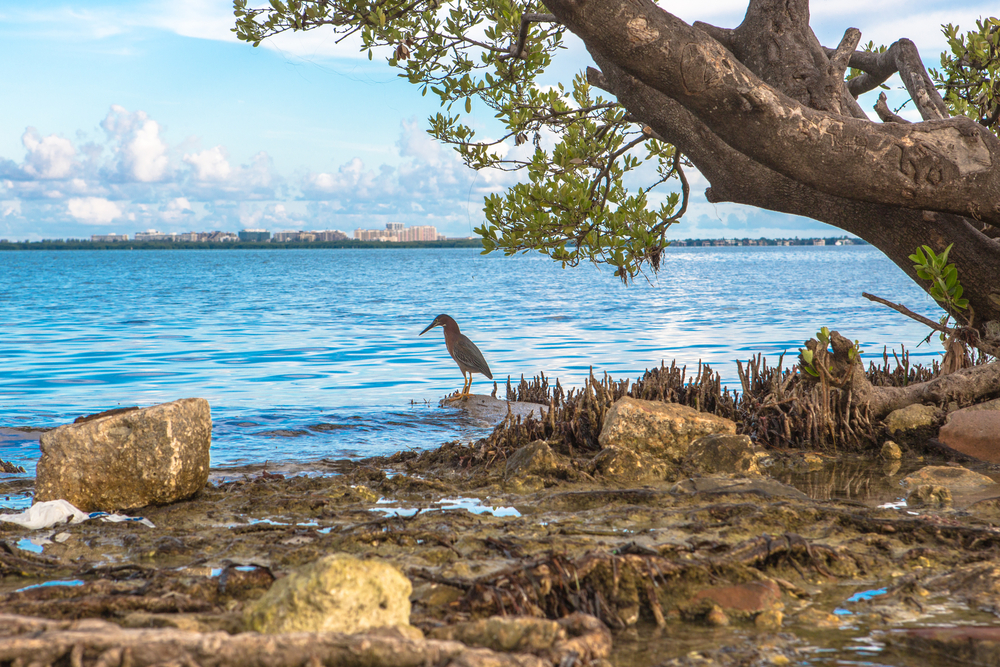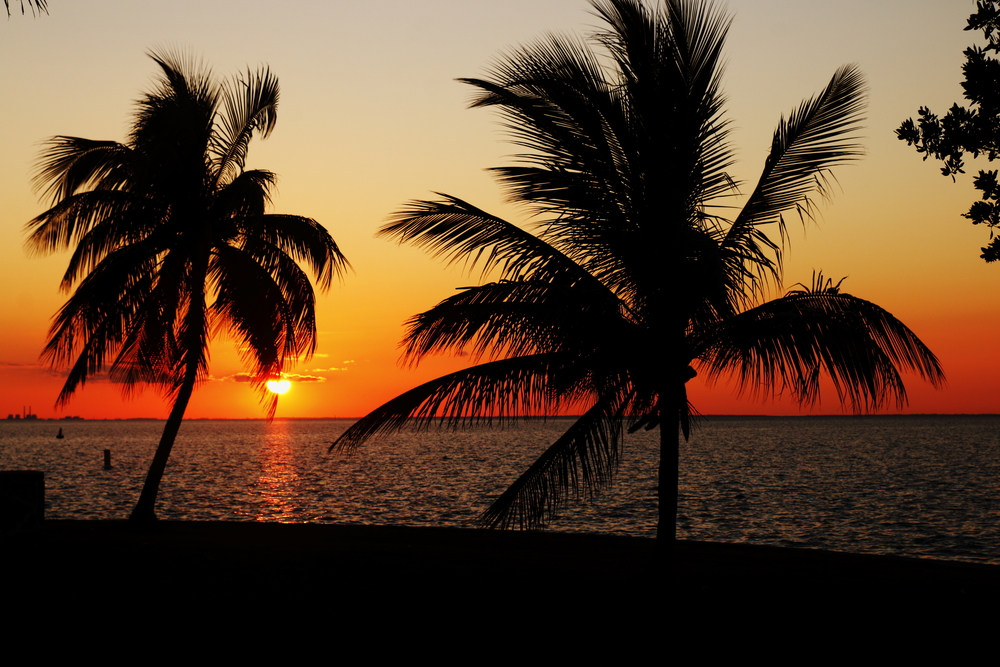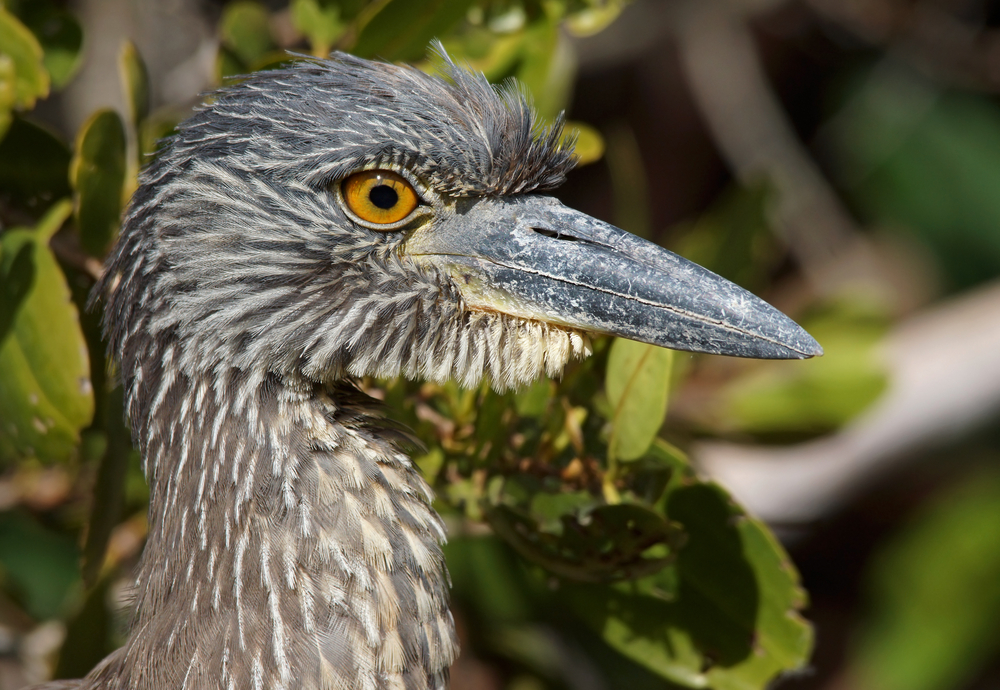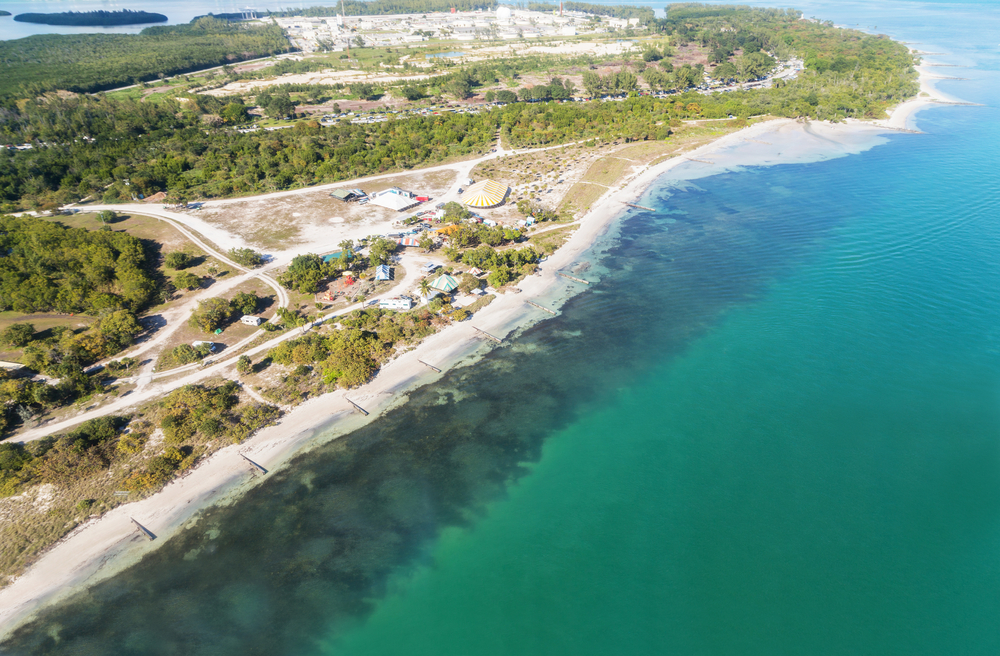Biscayne Overview
Biscayne National Park, located in southern Florida, USA, is a unique natural treasure predominantly covered by water. Established as a national park in 1980, it encompasses approximately 700 square kilometers (about 270 square miles), with 95% of the park being underwater. Situated just a few miles from the bustling urban areas of Miami and Miami Beach, Biscayne National Park offers a stark contrast with its tranquil waters, vibrant coral reefs, and untouched islands.
The park is renowned for its remarkable marine ecosystem, which includes the northernmost region of the Florida Reef, one of the largest coral reefs in the world. This underwater wonderland is home to an astonishing diversity of marine life, including over 500 species of fish, sea turtles, and manatees. The clear, shallow waters of the park make it an ideal destination for snorkeling and scuba diving, allowing visitors to immerse themselves in the beauty of the coral formations and the abundance of colorful sea life.
Biscayne National Park also includes several islands, such as Elliott Key, the park’s largest island, which was formed from coral reefs and offers hiking trails, camping facilities, and picnicking areas. The park’s maritime heritage is another key feature, with shipwrecks scattered throughout its waters, offering a glimpse into the past for divers and snorkelers exploring the park’s Shipwreck Trail.
Above the water, the park’s mangrove forests provide critical habitat for birds and other wildlife, making it a great place for birdwatching and kayaking. The park’s visitor center, located on the mainland at Convoy Point, offers educational exhibits about the park’s ecosystems, as well as boat tours that provide access to the park’s islands and reefs.
Biscayne National Park is a testament to the beauty and diversity of Florida’s natural environment, offering visitors the opportunity to explore a pristine aquatic landscape and discover the rich biodiversity of the region’s coral reefs and islands.
Park Map
Biscayne National Park Highlights
Engaging Biscayne
Biscayne National Park Trails
Sources
- Britannica, Biscayne National Park, https://www.britannica.com/place/Biscayne-National-Park, retrieved April 2024.
- National Geographic, Biscayne National Park, https://www.nationalgeographic.com/travel/national-parks/article/biscayne-national-park, retrieved April 2024.
- National Park Foundation, An Aquamarine Paradise, https://www.nationalparks.org/explore-parks/biscayne-national-park, retrieved April 2024.
- National Park Service, Biscayne National Park, https://www.nps.gov/bisc/planyourvisit/index.htm, retrieved April 2024.








































































